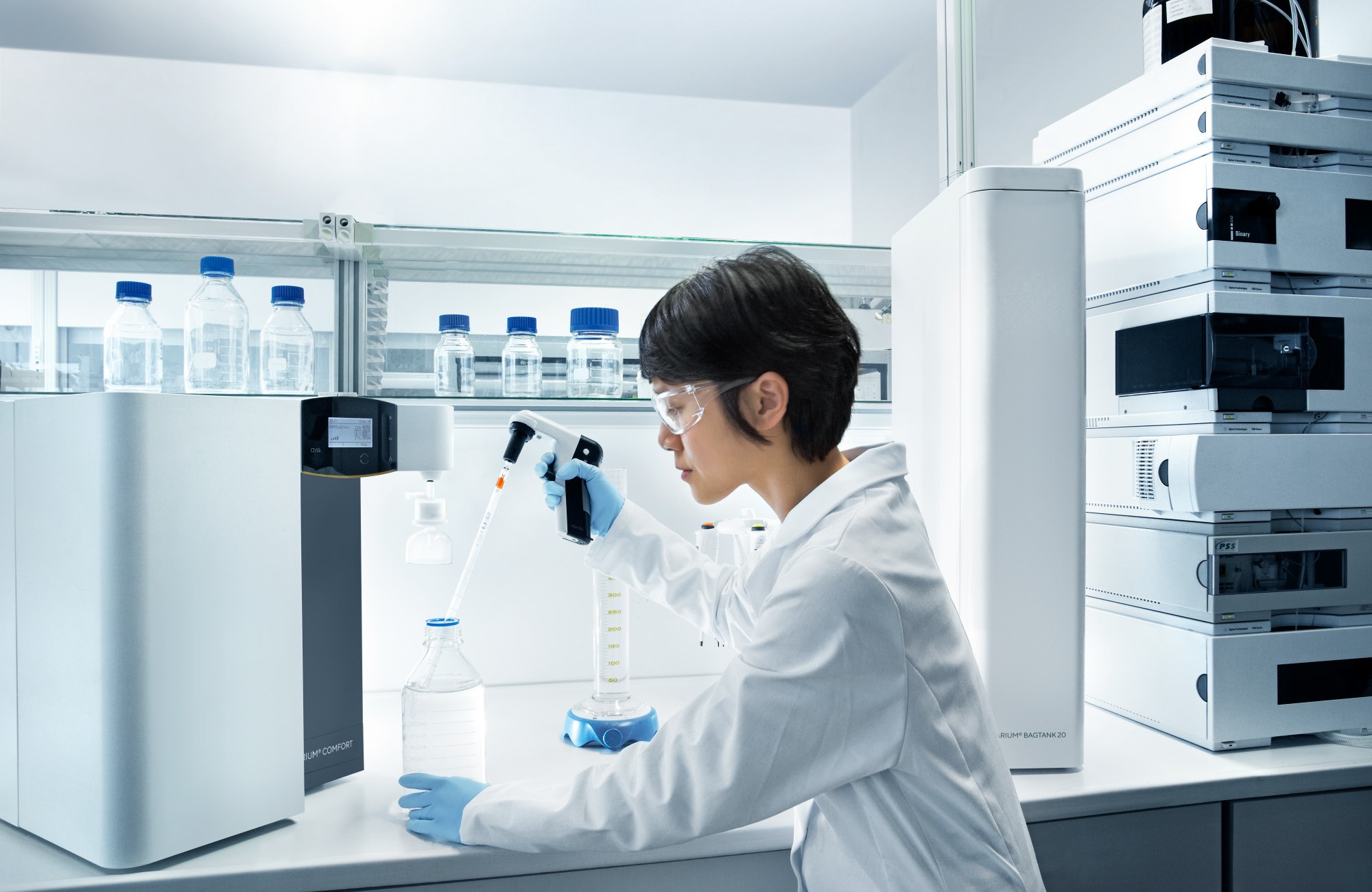Biosimulation Tool Performing in Silico Experiments

Reducing the Cost of Commercial Antibody Production with the Biosimulation Tool Performing in Silico Experiments Capable of Modeling the Impact of New Conditions.
Case Study

About the Customer
A leading international manufacturer of pharmaceuticals and laboratory equipment specialized in Bioprocess Solutions and Lab Products & Services, evolved from a precision mechanical workshop into a leading international life science group. Although now they are entirely focusing on serving the biopharma sector, the company’s goal of bringing innovative tools to help researchers make scientific discoveries remained unchanged.
With 60+ locations worldwide, a strong presence in all major biopharma markets, and over 10 thousand employees, the company operates in several critical domains: bioprocess consulting & engineering, validation process, media & process development, eProcurement, and instrument services.
The Challenge
Traditional process development activities require intensive experimentation and create obstacles to integrating advanced technologies. The common barriers in standard commercial antibody production include:
- Low yield – in vitro systems often yield less product/mL than other systems, plus yields can be inconsistent
- Low growth – growth is inhibited by the accumulation of toxins and inhibitory biomaterials
- Extensive timelines – setting up the cell culture and process optimization can take months
- Scalability – upstream scale-up often leads to changes in critical parameters requiring additional iterations
- High cost – managing the cost of reagents and labor can be difficult due to the length and complexity of the process

The Solution
The customer approached Kanda to work with their biosimulation team within the advanced data analytics corporate research group to build a process development tool that would take experimental bioreactor data, fit a model and run a simulated digital experiment. This app needed to have capabilities of modeling the impact of new conditions such as temperature, pH, feeding strategy, and media composition and providing a great user experience with an intuitive guided workflow and a clean user interface.
The app aimed to enhance the current experimentation landscape of the customer by:
- allowing scientists and researchers to expedite process development by performing in silico experiments to model the impact of new conditions;
- reducing the number of experiments that need to be conducted during process development and optimization activities which would lead to the reduced total cost of experiments;
- reducing the timelines for experiment setup and optimization.
Apart from the goals listed above the customer’s biosimulation team addressed Kanda for help in maturing research output so that the company’s commercial team could further take it on.
The Results
Kanda developed and launched Cell Insights, a cloud-based bioreactor simulation tool, available now for PCs and tablets, intended to provide in silico experimentation.
The application combines traditional mathematical models used in Chemical Engineering with novel ML/AI algorithms to provide accurate and informative experimental simulations.
Cell Insights bioprocess simulation combines an intuitive user interface with a guided workflow and has the following key features:
- intuitive user interface with a guided workflow
- a comprehensive list of parameters for model configuration
- model fitting accompanied by a series of plots showing how experimental data for all defined and calculated parameters correlate with the fitted model
- supports users in adding custom functions
- performs two types of simulations:
1. Perfusion Cell Line Selection (fits a separatemodel for each batch)
2. Virtual Bioreactor (fits a single model for allbatches)
As a result, the customer process development was significantly improved by allowing the customer biosimulation and commercial teams to:
- reduce development time and resources
- improve decision-making leading to faster time to market
- optimize process conditions (Temperature, pH, Feeding, etc.)
- forecast behavior with media exchange (intensified/continuous)
- clone selection for intensified/perfusion manufacturing
- make Critical Quality Attribute (CQA) predictions